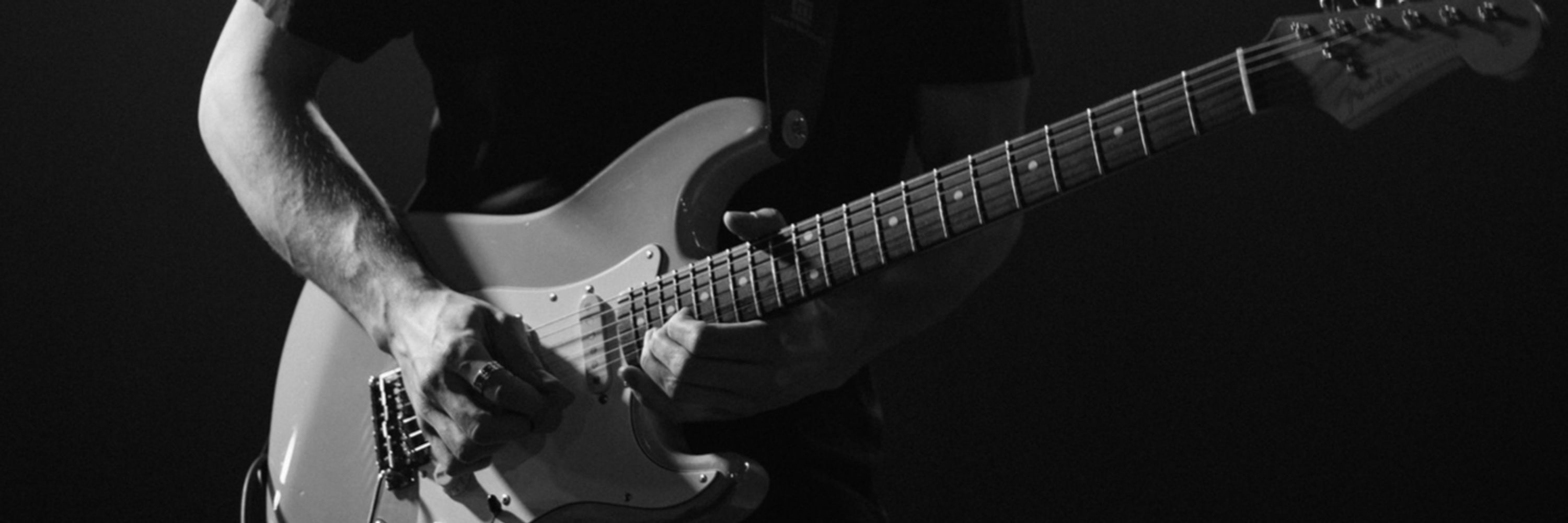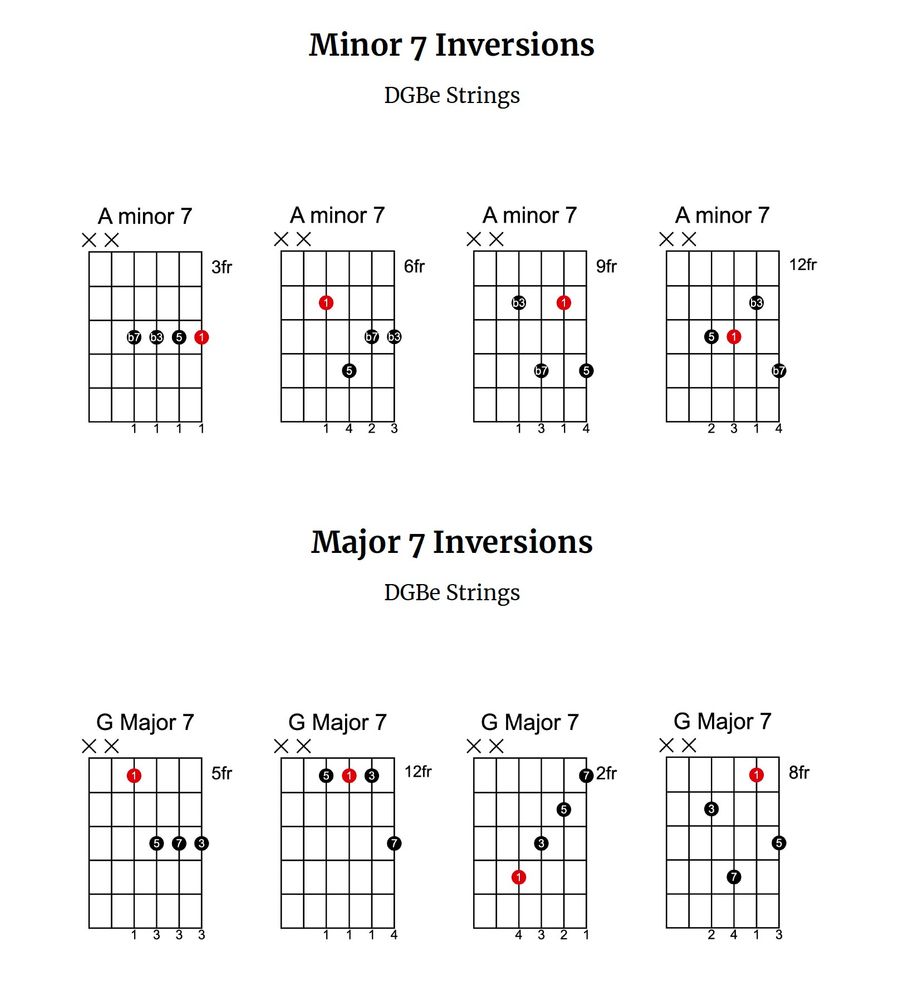
I help intermediate guitar players improve their skills with practical lessons and fundamental theory
Check out my FREE chord and scales kit below 👇
www.jaspershreds.com
Thank you for reading and have a great day!
To learn more, visit www.jaspershreds.com
#guitarplayers #musiclessons #learnguitar #MusicTheory #guitarlessons

Thank you for reading and have a great day!
To learn more, visit www.jaspershreds.com
#guitarplayers #musiclessons #learnguitar #MusicTheory #guitarlessons
Modes open up a world of musical expression, helping you break out of standard patterns and explore the subtle colors of harmony and melody.
Modes open up a world of musical expression, helping you break out of standard patterns and explore the subtle colors of harmony and melody.
Experiment by playing a mode (e.g., E Phrygian) over its corresponding chord (e.g., Em or Em7).
Practice improvising within each mode to get a feel for its distinct character.
Experiment by playing a mode (e.g., E Phrygian) over its corresponding chord (e.g., Em or Em7).
Practice improvising within each mode to get a feel for its distinct character.
C Ionian: C, Dm, Em, F, G, Am, Bdim (triads)
C Ionian 7th chords: CM7, Dm7, Em7, FM7, G7, Am7, Bm7b5
By playing these chords, you can harmonize melodies in the same mode or create progressions that reflect the unique sound of each mode.
C Ionian: C, Dm, Em, F, G, Am, Bdim (triads)
C Ionian 7th chords: CM7, Dm7, Em7, FM7, G7, Am7, Bm7b5
By playing these chords, you can harmonize melodies in the same mode or create progressions that reflect the unique sound of each mode.
Each mode also contains all the chords that harmonize the scale.
These chords are derived by stacking the 1st, 3rd, and 5th notes (triads) or adding the 7th note for richer, jazzy chords:
Each mode also contains all the chords that harmonize the scale.
These chords are derived by stacking the 1st, 3rd, and 5th notes (triads) or adding the 7th note for richer, jazzy chords:
To play D Dorian, use the same notes as the C major scale but start from D and focus on its tonal center.
Similarly, for G Mixolydian, start on G and let that note guide your phrasing and feel.
To play D Dorian, use the same notes as the C major scale but start from D and focus on its tonal center.
Similarly, for G Mixolydian, start on G and let that note guide your phrasing and feel.
You can play these modes in any shape of the major scale. The key is to start and emphasize a different tone of the scale to highlight the mode you want to use.
You can play these modes in any shape of the major scale. The key is to start and emphasize a different tone of the scale to highlight the mode you want to use.
D Dorian: Starting from D
E Phrygian: Starting from E
F Lydian: Starting from F
G Mixolydian: Starting from G
A Aeolian (Minor): Starting from A
B Locrian: Starting from B
Each mode creates a unique mood and sound based on its starting note and interval structure.
D Dorian: Starting from D
E Phrygian: Starting from E
F Lydian: Starting from F
G Mixolydian: Starting from G
A Aeolian (Minor): Starting from A
B Locrian: Starting from B
Each mode creates a unique mood and sound based on its starting note and interval structure.
jaspershreds.com/products/gui...
jaspershreds.com/products/gui...
Best of luck 🫡
Best of luck 🫡
Learn chord inversions and practise hitting arpeggios over chord progressions to maximize your efforts.
Learn chord inversions and practise hitting arpeggios over chord progressions to maximize your efforts.
Applying this “theory” to your practise takes a bit more work.
Memorizing the relationships between intervals and how the work together to form harmony is the next step.
Applying this “theory” to your practise takes a bit more work.
Memorizing the relationships between intervals and how the work together to form harmony is the next step.
So right there, you have a plethora of sounds and combinations you can work into solos or chord progressions.
So right there, you have a plethora of sounds and combinations you can work into solos or chord progressions.
Truth is, theres only a few things you really need to understand to play what you want.
First off - the diatonic scale. Its 5 Whole steps and 2 half steps. The main one being the Major scale.
Truth is, theres only a few things you really need to understand to play what you want.
First off - the diatonic scale. Its 5 Whole steps and 2 half steps. The main one being the Major scale.


